I am so sick of talking about just “mitigating” and “protecting” services, after 13 years of dealing with austerity and cuts in Dundee.
We should, of course, be talking of expanding, improving and aspiring for greater.
Our city has so much to offer and has made great progress, irrespective of your political views.
But I often imagine what we could have done if we hadn’t been wrestling with the disaster of austerity over the years.
Could you imagine what could have been delivered in Dundee if we hadn’t had to cut budgets for 13 years?

No one can be under any illusions as to why every single council on these islands is struggling to balance all of the various competing interests.
The cumulative impact of 13 years of austerity has resulted in more than £190 million of cuts to the costs of Dundee City Council.
That’s the reality and the scale and don’t just take my word for it.
The IFS recently stated that things are set to continue to deteriorate, at a greater rate, under the current UK Government’s spending plans.
We are in desperately unstable territory and it can’t go on.
A dozen councils in England have essentially declared bankruptcy and whilst councils in Scotland have been better protected by the Scottish Government, it’s clear that local government is facing a herculean task here too. Councils are the ones providing schools, leisure facilities, libraries and more and we need the funding to be able to do that.
We can’t move things forward, in the way that we’d all want to see, if we are constantly trying to plug the holes in the ship and bail out the water with a cup.
Councillors are, by their very nature, people from Dundee who stood for election to make a positive difference. None of Dundee’s councillors, irrespective of political affiliation, want to oversee cuts and yet, every single party on the council will have to do so in order to balance the budget.
By law, councils must balance their budget and unlike national government, we cannot use borrowing to fund ongoing costs of staff and services.
Problem solved, it seems. I wish it was as easy as suggested but as always, life is never as black and white as some would like to present.
That particular suggestion is based upon easy rhetoric that doesn’t connect to how funding works. 93% of cycling infrastructure is funded externally and provided only when the project is being delivered, whilst the remainder is borrowing that cannot be used to run services.
The external funding, in any event, can only be used for the purposes it was given, otherwise it’ll be taken back – so, essentially by not taking these projects forward, the city would lose the money, we would lose work for the construction industry and not make the improvements in infrastructure.
What is often confused is that the council has two budgets – capital (buildings) and revenue (staff and services).
Money allocated for capital i.e. building schools, roads, pavements, housing or cycle infrastructure cannot be used to plug the council’s budget gap, which relates to revenue spend.
If you were to cut the entire £390 million capital budget, which funds new schools, housing, road infrastructure and so on, you still couldn’t plug the £24 million revenue gap.
You also wouldn’t have new schools, housing or the positive impact of that programme on the local economy and construction industry.
If it were as simple as some suggest then believe me, we’d be doing it!
Dundee has suffered 13 years of budget cuts
I am desperate to avoid reducing, closing or cutting in any area because it all has value.
What we need is a completely new model of how the Scottish Government and local government is funded.
We need a bold approach which devolves more powers and levers to councils, empowering them to make decisions that are more directly accountable to citizens.
Council tax is broken and yearly budget cycles don’t work for anyone.
Currently, council tax only funds 17% of the overall budget and that means we are overly reliant upon budgets set on a year to year basis, nationally.
I, quite literally, do not know what our budget will be next year and yet, we all agree that we should be forward planning for Dundee’s future.
Dundee needs more resources but we also need to be bold and ambitious in the approach we take.
Continuing down this austere path is not an option and as I’ve been doing with colleagues from across the eight cities, as chairman of the Scottish Cities Alliance, we need to seek greater autonomy for our cities as the drivers for economic growth.
John Alexander is the leader of Dundee City Council and an SNP councillor for Strathmartine.
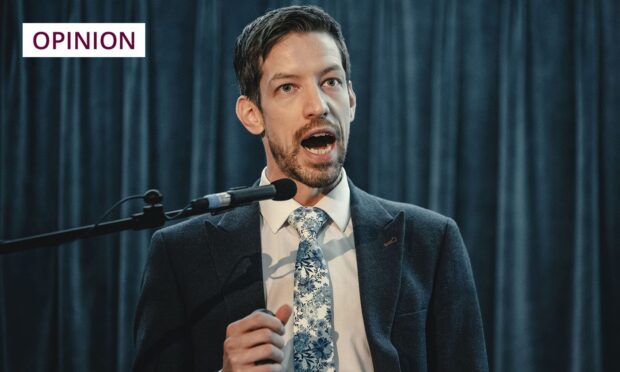
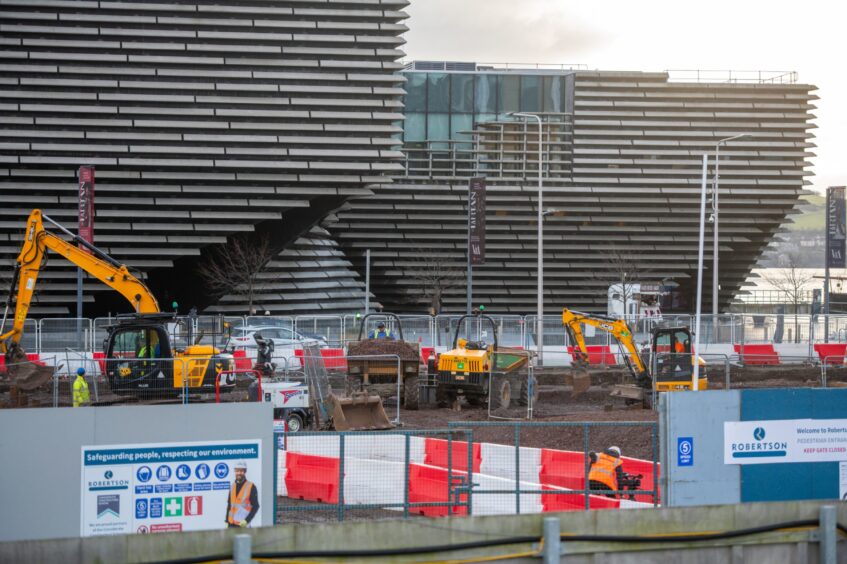
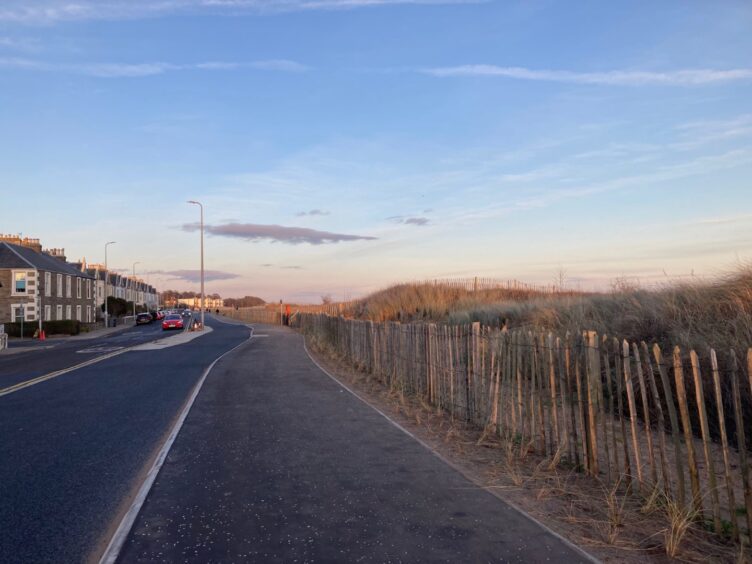








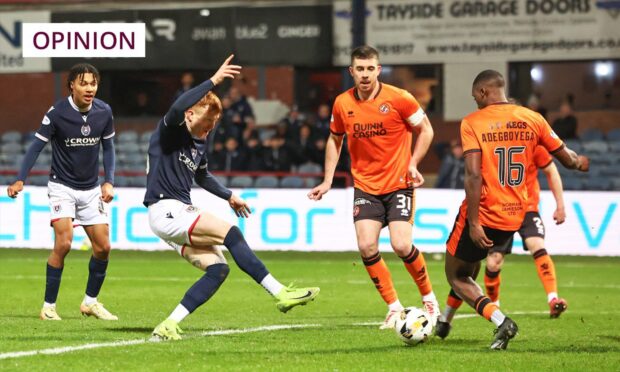
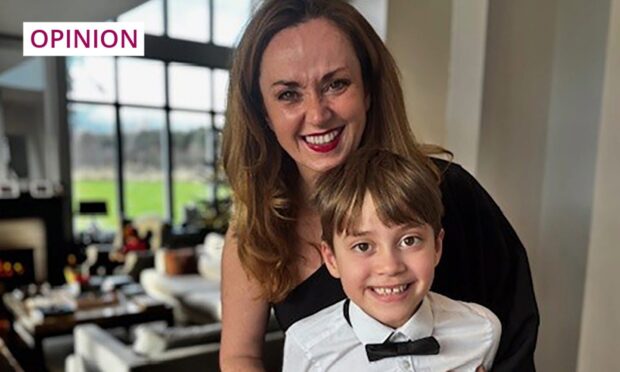
Conversation